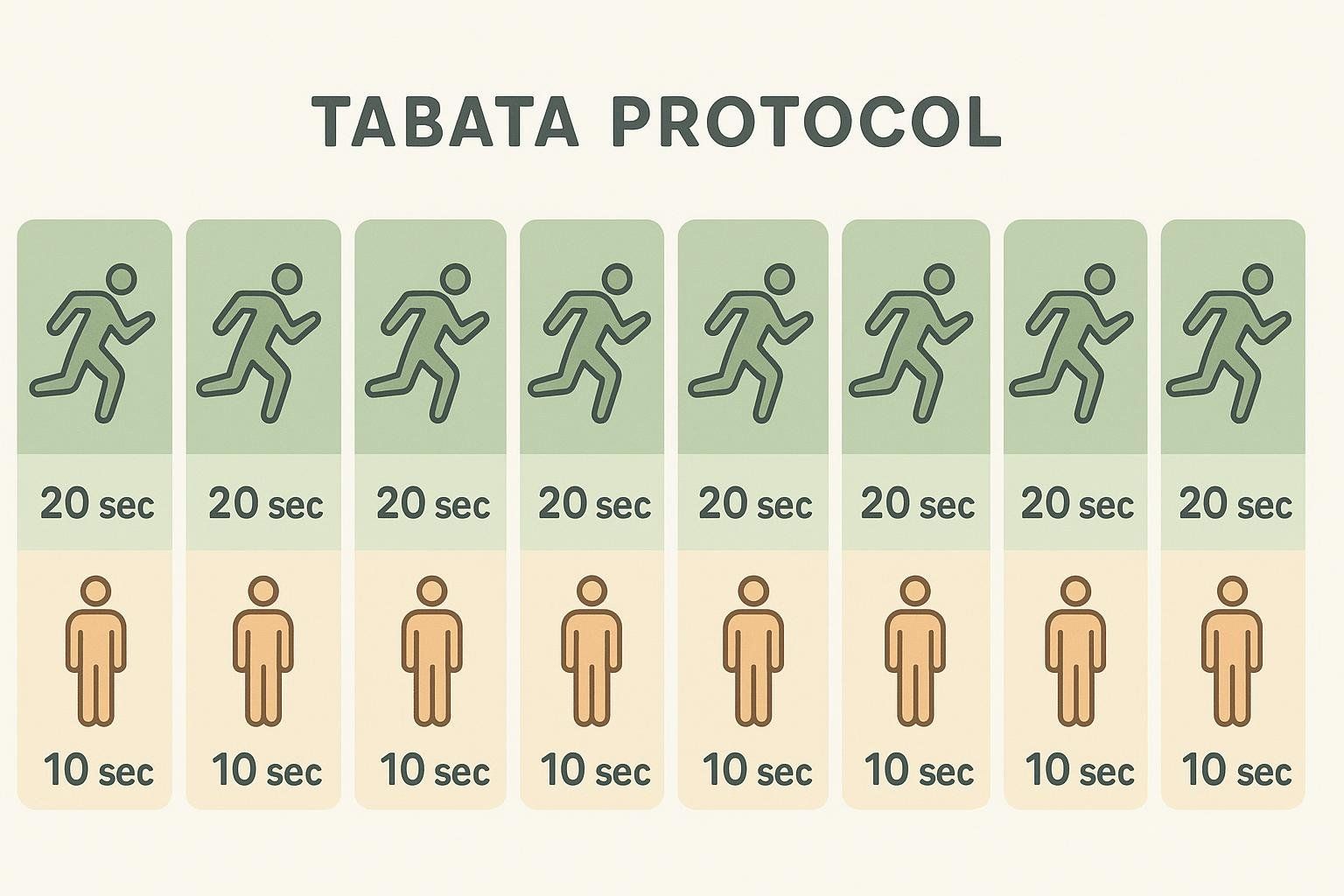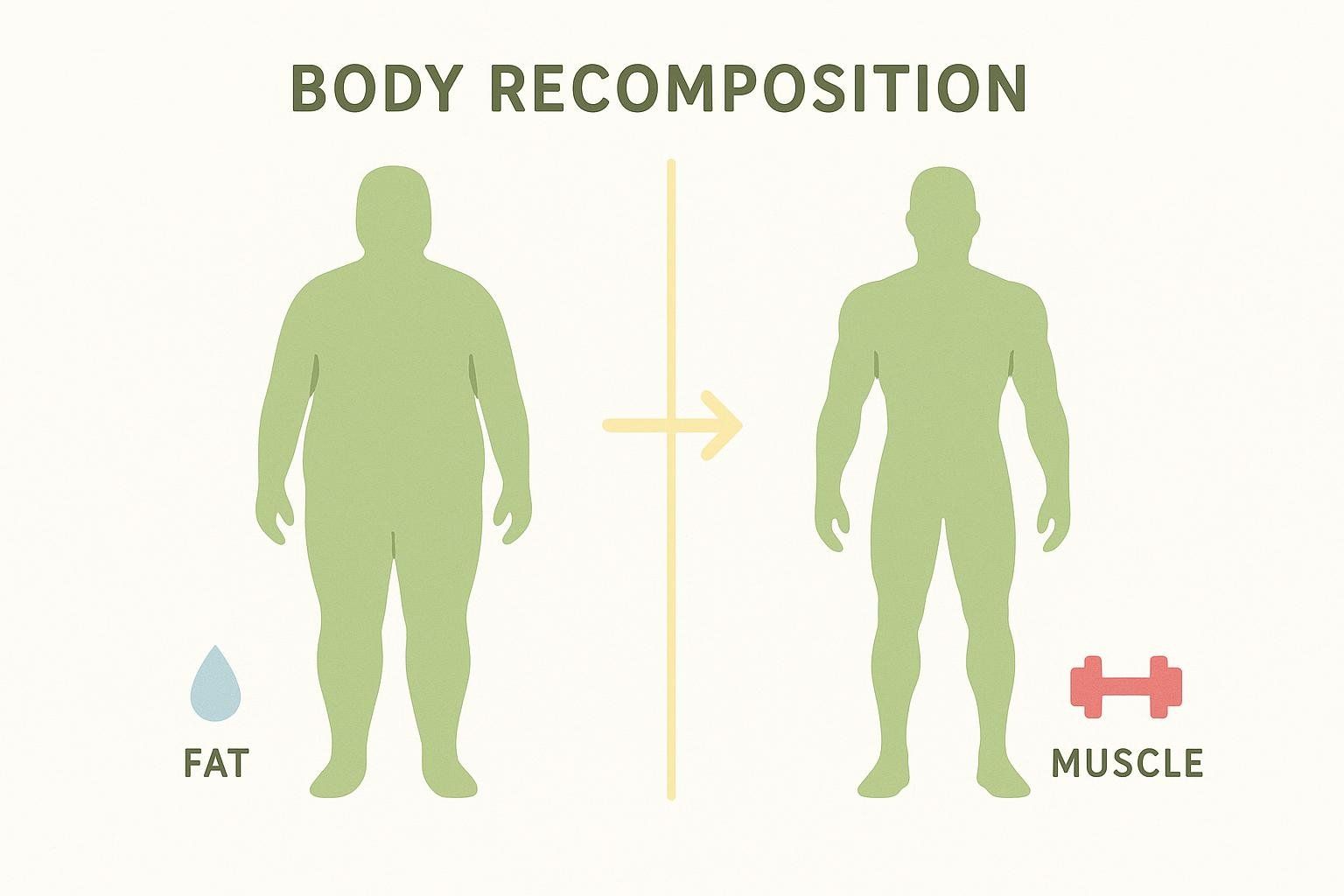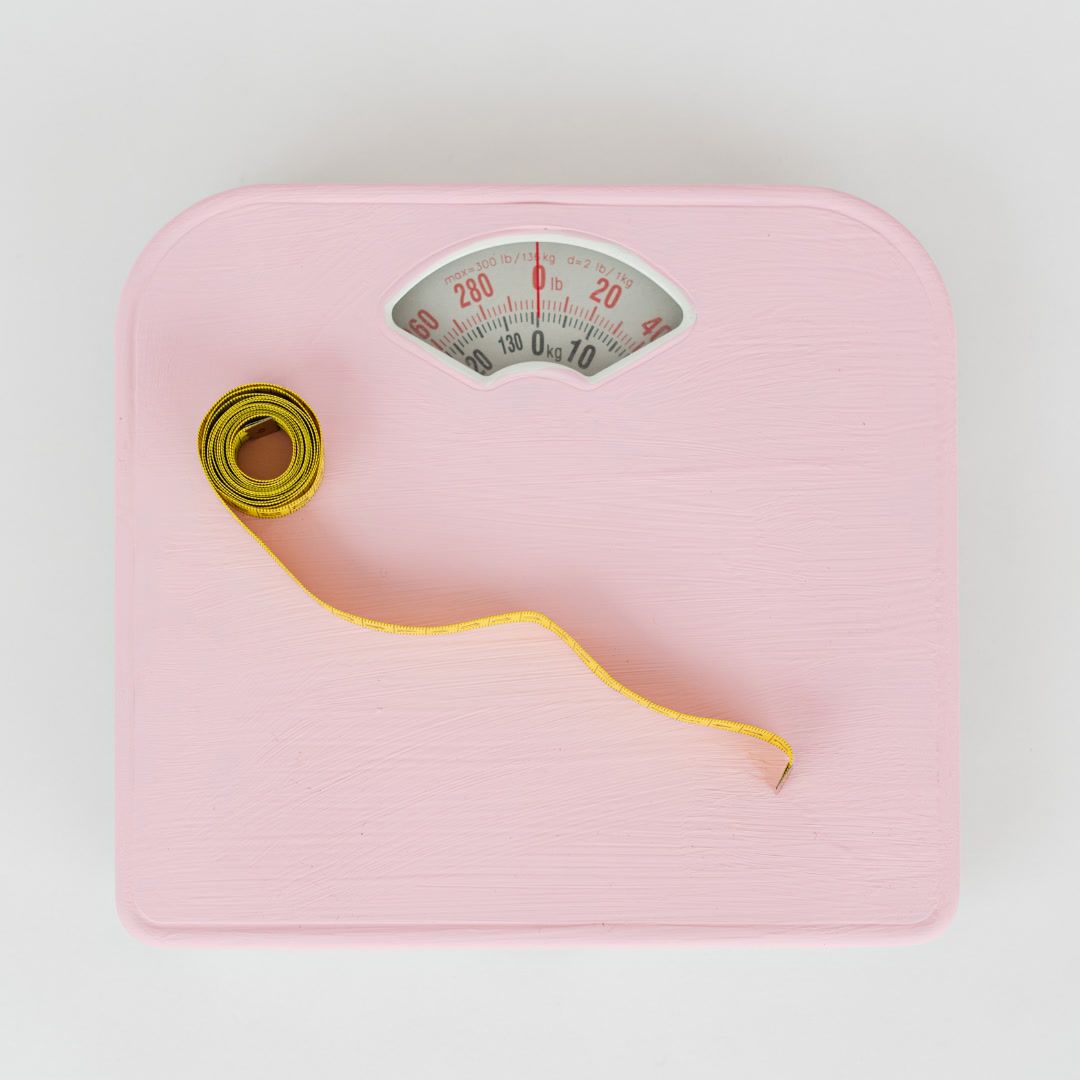Tabata Training: The 4-Minute Workout Protocol

Tabata Training: The 4-Minute Workout Protocol
Four minutes. That’s shorter than most pop songs, yet it can be enough time to spark measurable gains in endurance, power, and fat loss—if you use those minutes the Tabata way.
This science-backed high-intensity interval training (HIIT) style was born in a physiology lab, adopted by Olympic speed skaters, and is now a go-to tool for busy professionals and elite athletes alike. Below, you’ll learn exactly what Tabata is, why it works, and how to tailor the protocol to your own fitness level (beginner to advanced) in a safe, results-driven way.

Quick Facts
| Tabata Snapshot | Details |
|---|---|
| Work : Rest Ratio | 20 seconds all-out : 10 seconds complete rest |
| Sets per Round | 8 |
| Time per Round | 4 minutes |
| Primary Benefits | Simultaneous aerobic + anaerobic gains, high calorie burn, time efficiency |
| Equipment Needed | None (body-weight). Add dumbbells, kettlebells, bike, or rower as desired |
What Makes Tabata Different From Traditional HIIT?
All Tabata sessions are HIIT—but not all HIIT sessions are Tabata. In most traditional HIIT workouts, you can vary the interval lengths, intensity, and rest periods. The Tabata protocol is far stricter:
- 20 seconds at ≈170 % of your VO₂ max (a near-maximal effort).
- 10 seconds of full rest (no active recovery).
- Repeat for 8 consecutive cycles. That’s it.
Because the work bouts are shorter and more intense than typical HIIT, Tabata creates a greater metabolic impact in a fraction of the time.
The Research: From Lab Study to Global Phenomenon
Tabata owes its name to Dr. Izumi Tabata, who wanted to find the minimum effective training dose for Japan’s Olympic speed-skating team. His 1996 study compared six weeks of:

- Moderate-intensity cycling (70 % VO₂ max) for 60 min, 5 days/week.
- High-intensity 20/10 cycling at ≈170 % VO₂ max for 4 min, 5 days/week.
Results in the 20/10 group were startling: VO₂ max jumped by ≈7 ml/kg/min and anaerobic capacity exploded by 28 %, while the steady-state group only improved aerobically and saw no anaerobic change (PubMed).
Since then, dozens of studies have confirmed Tabata’s potency for boosting cardiovascular fitness, elevating excess post-exercise oxygen consumption (EPOC), and driving fat loss (Journal of Physiological Sciences).
Why Tabata Works So Well
- Dual-Energy System Stimulus

Max-effort bouts drain your anaerobic fuel tank while the brief rests challenge the aerobic system. You get endurance and power improvements in one session.
2. Time-Efficient Calorie Burn

Short rest keeps heart rate elevated, leading to large EPOC—studies show metabolism can stay elevated for hours after a Tabata session (PMC).
3. Hormonal Surge
Intense intervals spike catecholamines and growth hormone, hormones linked to increased fat oxidation and muscle preservation.
- Adaptable & Equipment-Free
Because intensity—not machinery—drives results, Tabata can be performed with sprints, burpees, cycling, kettlebell swings, or even shadow boxing.
Is Tabata Safe for Beginners?
Because the protocol is demanding, proper exercise form and a solid cardiovascular base are essential before you begin. Follow these guidelines:

- Get Cleared – If you have cardiac, orthopedic, or metabolic concerns, consult a healthcare professional first.
- Choose Suitable Exercises – Pick 1–4 moves that match your level—lower-impact options like body-weight squats or marching high knees for beginners, or power moves such as burpees and kettlebell snatches for advanced athletes. Master each exercise at low speed before adding intensity.
- Start With 1 Round – One 4-minute Tabata can be enough stimulus as you adapt; add rounds gradually.
- Prioritize Recovery – Schedule Tabata on non-consecutive days and incorporate active recovery—see our guide to the importance of rest days and active recovery.
Step-By-Step: Building Your First Tabata Session

- Warm-Up (5–10 min) – Light cardio plus dynamic mobility (leg swings, arm circles, cat-camel).
- Set a Timer – Use a dedicated Tabata timer app or a stopwatch to follow the 20-second work and 10-second rest intervals.
- Go All-Out – Aim for maximum repeatable reps in cycle 1 and try to maintain that output across all eight intervals.
- Cool Down (5 min) – Light walking followed by static stretches (hip flexor, chest, hamstrings).

Sample Programs
1. Beginner Body-Weight Tabata (4 min)
Alternate between these two exercises for 8 total intervals (4 minutes):
- Exercise A: Body-Weight Squats
- Exercise B: Wall or Knee Push-Ups
2. Intermediate Cardio Blast (12 min)
Perform three separate Tabata rounds with 1 minute rest between rounds.
- Round A: Jump Rope Sprints
- Round B: Mountain Climbers
- Round C: Jump Rope Sprints
3. Advanced Full-Body Power (20 min)
Perform four distinct 4-minute Tabata rounds. Rest 60–90 seconds between rounds.
| 4-Min Tabata Round | Exercise |
|---|---|
| 1 | Assault Bike Sprint (or High Knees) |
| 2 | Kettlebell Swings |
| 3 | Burpees |
| 4 | Dumbbell Thrusters |
Programming Tips
- 2–3 Tabata days/week are ample for fat loss and conditioning.
- Pair with strength training or steady-state cardio on alternate days.
- Rotate exercise selection every 4–6 weeks to avoid plateaus.
- Track perceived exertion, heart-rate recovery, or rep counts to gauge progress.
Measuring Results: Go Beyond the Scale
Because Tabata simultaneously torches fat and preserves muscle, body weight alone can hide your progress. For precise feedback, schedule a DEXA scan before you start and again after 6–8 weeks. You’ll see exactly how much fat mass you’ve lost and lean mass you’ve gained—insight a bathroom scale simply can’t provide.

Want to dive deeper into cardiorespiratory metrics? Check out our guide on VO₂ max and ways to improve it.
Frequently Asked Questions
Q : Can I string multiple Tabata rounds together for a longer workout?
To ensure each round remains truly maximal, limit sessions to 4–5 rounds (about 20 minutes of work).
Q : Does Tabata build muscle?
It maintains—and can modestly grow—lean mass when loaded exercises (kettlebell swings, dumbbell thrusters) are used, but dedicated hypertrophy training is still essential. See our guide on body recomposition for details.
Q : How long until I see results?
The original 1996 Tabata study observed significant aerobic and anaerobic improvements after 6 weeks of 5 sessions per week. Many people notice changes in 4–6 weeks when following a similar frequency.
Takeaway
Tabata offers a laboratory-proven burst of conditioning that fits into even the busiest schedule. Whether you’re a desk-bound professional craving efficient workouts or an athlete seeking an edge, the 20/10 protocol has a place in your toolbox. Pair smart programming with recovery, track changes via DEXA, and you’ll have hard evidence that four minutes can, indeed, change your body.


